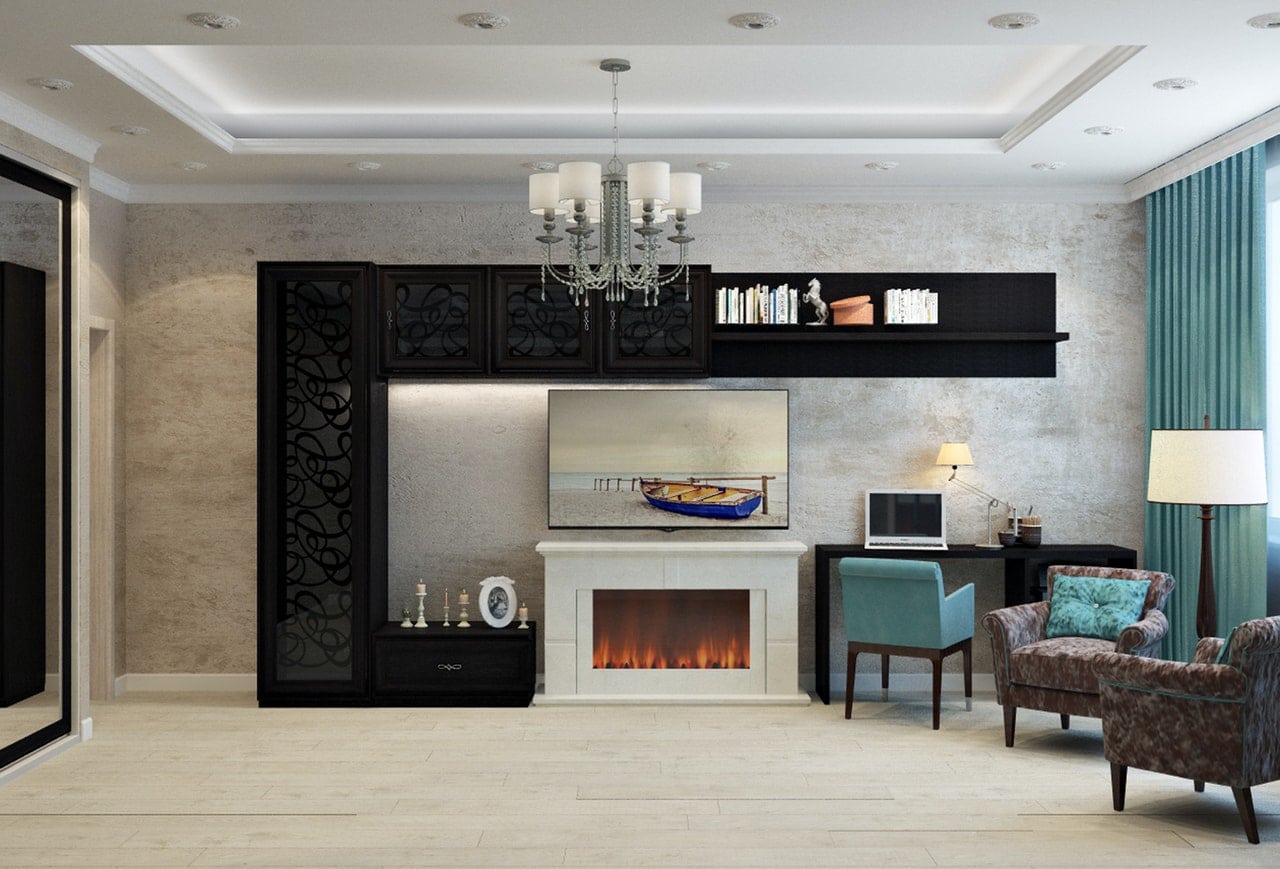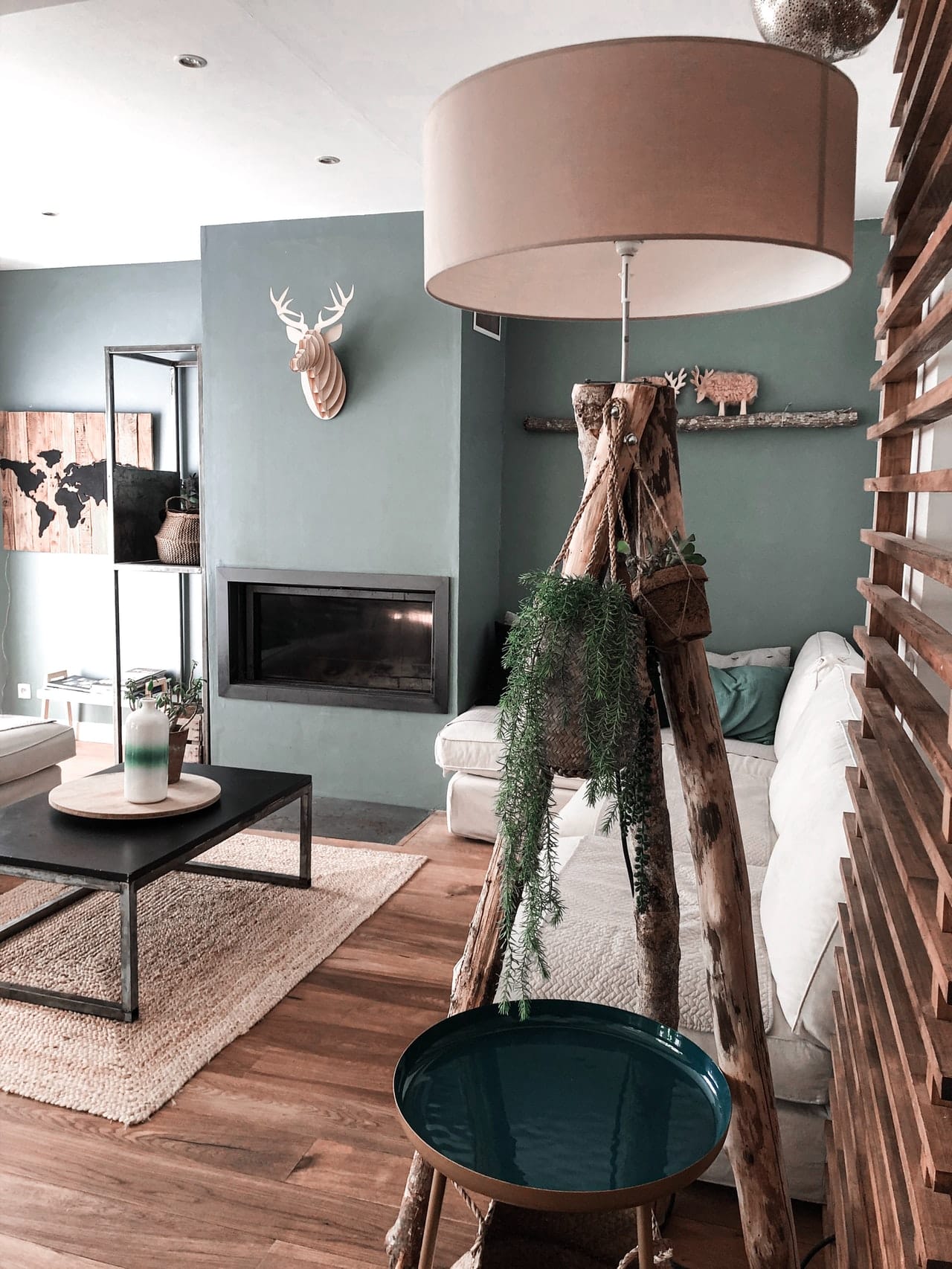A fireplace makes for a great addition to any home – new construction or existing property. They’re both functional and aesthetically pleasing. But with so many different options, choices, styles, and methods of installation, knowing which fireplace to choose and how to optimize it for your home can be difficult. However, we’ve got you covered.
IMAGE: PEXELS
Gas Fireplaces: 4 Things To Consider And Work Through
While there are an abundance of options to choose from – including wood burning fireplaces and electric fireplaces – a majority of today’s homeowners are going with gas fireplaces. They do so because of the ease of use, less invasive installation, and cost-effective price point. But if you think deciding on a gas fireplace is your last big choice, you’d be wrong. It’s only the start.
Here are a few other considerations you’ll need to address:
1. Fireplace Fuel Method
Let’s begin by thinking about the type of fuel you want to use for your gas fireplace. There are really two main options:
- Natural gas. Most residential homes have natural gas lines supplying a source of gas into the home. This makes it a cost-effective option for homeowners (and you never have to worry about running out or replacing). And because it’s lighter than the atmosphere, it dissipates quicker when there’s a leak.
- Propane. This clean-burning gas is environmentally safe and can be installed above ground or underground. And while it’s considered more energy efficient than natural gas, tanks are prone to problems like freezing up (and needing to be refilled). Also, propane is heavier than the atmosphere, which can create problems if there’s ever a leak.
Natural gas and liquid propane share very similar characteristics. They’re both clear, odorless fossil fuels capable of producing flames and heat. However, natural gas is by far the most common option. Propane is really only used when it has to be – like when there’s no natural gas servicing the property, or there’s already a large propane tank on site. In all likelihood, you’ll go with natural gas for your fireplace.
2. Ignition Method
There are a few different ignition methods to consider when purchasing and installing a gas fireplace.
The first option is the conventional pilot light. This pilot runs continuously and allows the gas burner to light when signaled by the user. Convenience is the biggest benefit of this option. The downside is that it requires constant use of natural gas.
Electronic ignition is another option. With this method, the gas lights using a piezo spark. This eliminates the need to constantly run the pilot light.
3. Venting Options
Even though gas fireplaces don’t require full chimneys, they do need safe and efficient venting to ensure carbon monoxide doesn’t build up inside the home. There are a few different venting options, including:
- Direct-vent gas fireplaces use external vents to pull fresh combustion air down and expel combustion products to the outside.
- Vent-free gas fireplaces don’t need any extra vents. They pull clean air into the fireplace from the inside and then safely dispose of it back into the same area. If you go this route, you need to be very careful with installation (otherwise you could negatively impact your home’s indoor air quality).
4. Budget
Finally, we’d be remiss not to mention money. While cost shouldn’t be your primary factor when buying and installing a gas fireplace, it’s definitely a practical consideration.
For starters, you should know that a gas fireplace isn’t cheap. To have one purchased and installed, you’re easily looking at a few thousand dollars. And if there’s a bunch of additional work that needs to be done to the home to accommodate a fireplace, it could be significantly more. Having said that, creating a budget on the front end will allow you to narrow your options down with greater efficiency.
Give Your Home Warmth And Beauty
A fireplace is a classic staple of the American home that’s both practical and beautiful. It infuses a space with physical warmth during the colder months, while providing a design anchor to key living areas throughout the entire year. As you consider installing one in your home, think through the details and look for ways to maximize your investment with the right produce, placement, and use.
If you are interested in even more lifestyle-related articles and information from us here at Bit Rebels, then we have a lot to choose from.


COMMENTS